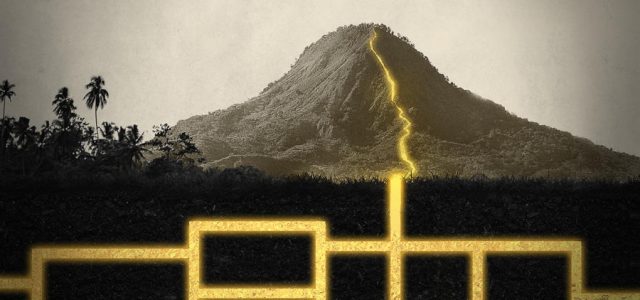Buried treasure is often the stuff of legend, but that didn’t stop PrecisionHawk from recently traveling more than 7,000 miles to hunt for buried treasure in the Philippines left by the Japanese during World War II.
Working alongside the History Channel on a show called Lost Gold of World War II, a production company called Ample Entertainment approached PrecisionHawk in June 2018 because it needed a partner that could use lidar-equipped drones to penetrate the deep vegetation in order to map ancient trade paths across more than 70 acres of rainforest in the Philippines.
According to Jamie Young, director of lidar at PrecisionHawk, and one of the members of the PrecisionHawk team that participated in this adventure, this mission presented a number of challenges for the company, including trying to conduct safe UAS operations in the jungle. Adding in the dense fauna “would make for the toughest vegetation we’ve ever had to penetrate using drone-based lidar,” Young tells AUVSI via email.
The mission also took place in the middle of the Philippines’ monsoon season, so the team also had to work around torrential downpours.
Despite all of these challenges, though, drones still proved to be the most convenient option for this particular mission, with this unique set of circumstances.
“Using drones was much less of a logistical nightmare than more traditional methods — bringing a manned aircraft such as an airplane or helicopter equipped with lidar to the site would have been extremely difficult and cost prohibitive, given the circumstances,” Young says.
Lidar scientist Jill Wrenn, who was also a part of the PrecisionHawk team, adds, “the drone method was probably one of the best methods because we could fly closer to the ground with all that dense vegetation. We flew it [at] a few different angles so it would penetrate through the trees and produce an accurate ground surface.”
Get the full story from AUVSI here.



















